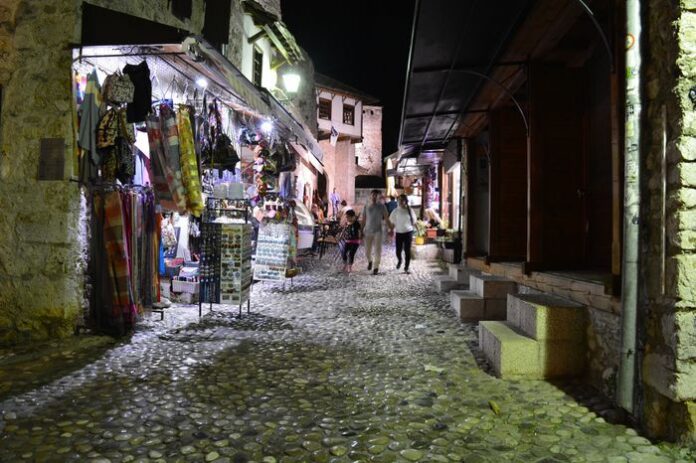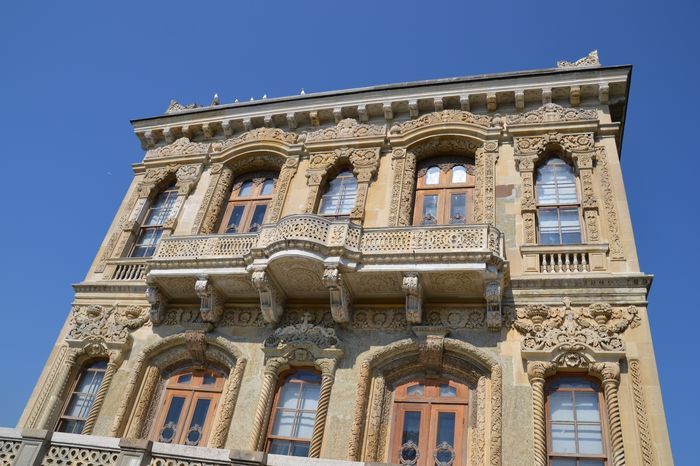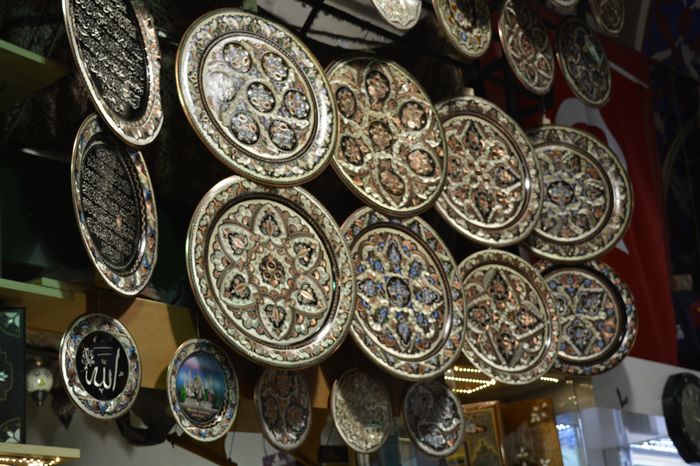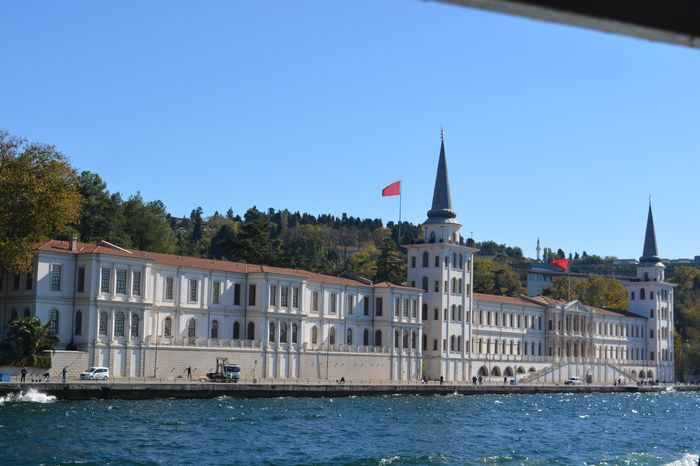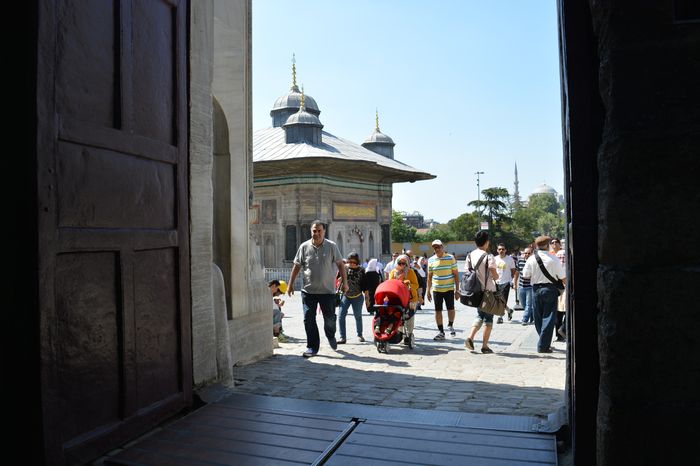When St. Sophia (Hagia Sophia) was being built, materials for its construction came from all over the world. As was the custom at that time, treasures from pagan temples were taken to decorate and honor the sanctuary of the true God. The shrines of many ancient gods—such as Isis and Osiris, Apollo, Minerva, and Cybele—were stripped of their pillars, columns, and golden decorations to be used in the construction of the church.
Temples from places like Baalbek, Ephesus, Athens, and Delos provided pillars and marble, as did Solomon’s Temple in Jerusalem. Even the palaces of the Caesars in Rome were searched for valuable materials. In total, every quarry in the civilized world contributed to the building of St. Sophia A Unique Auction Story.
Magnificent Materials from Ancient Temples
Among the many beautiful materials used, the columns of dark green marble came from the Temple of Diana at Ephesus. Dark red porphyry columns were taken from the Temple of the Sun at Baalbek. Other columns under the galleries were once part of the temples and palaces of ancient Rome. The materials used in St. Sophia’s construction were among the finest available at the time, and the building’s grandeur surpassed that of other structures Tailor-Made Bulgaria Tours.
The Splendor of St. Sophia’s Interior
The walls of St. Sophia displayed the most exquisite materials and craftsmanship from across the world. The building featured every kind of marble, granite, and porphyry considered valuable in the ancient world. The decorations inside the church were incredibly rich and beautiful, making it a symbol of power, wealth, and religious devotion.
The Altars and Sacred Decorations
The altar in St. Sophia was more costly than gold. It was made from a variety of precious materials, including gold, silver, and inlaid pearls and jewels. The altar’s cavity, called the “sea,” was set with diamonds, rubies, and other precious stones. Above the altar was a tabernacle (a small sacred structure), which was topped with a golden cupola (dome) and a golden cross weighing seventy-five pounds. This cross was so covered with diamonds and other jewels that the gold could not be seen.
The Precious Seats and Doors
The seats of the priests and the throne of the patriarchs were arranged behind the altar in a semicircle. These were made of solid silver. The doors of the temple were crafted from ivory, electrum (a mixture of gold and silver), and silver, adding to the overall splendor and sacredness of the church.
A Symbol of Human and Artistic Achievement
The construction of St. Sophia was not just a religious act but also a testament to human skill, wealth, and artistic achievement. The building was designed to reflect the greatness of God while showcasing the best of the ancient world’s materials and craftsmanship. Today, it stands as one of the most important and beautiful structures in the world.
